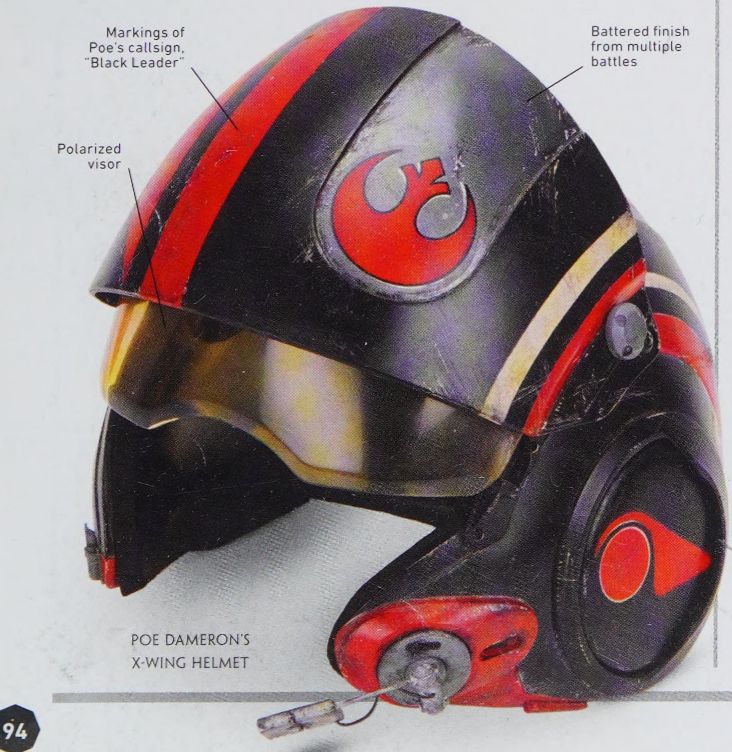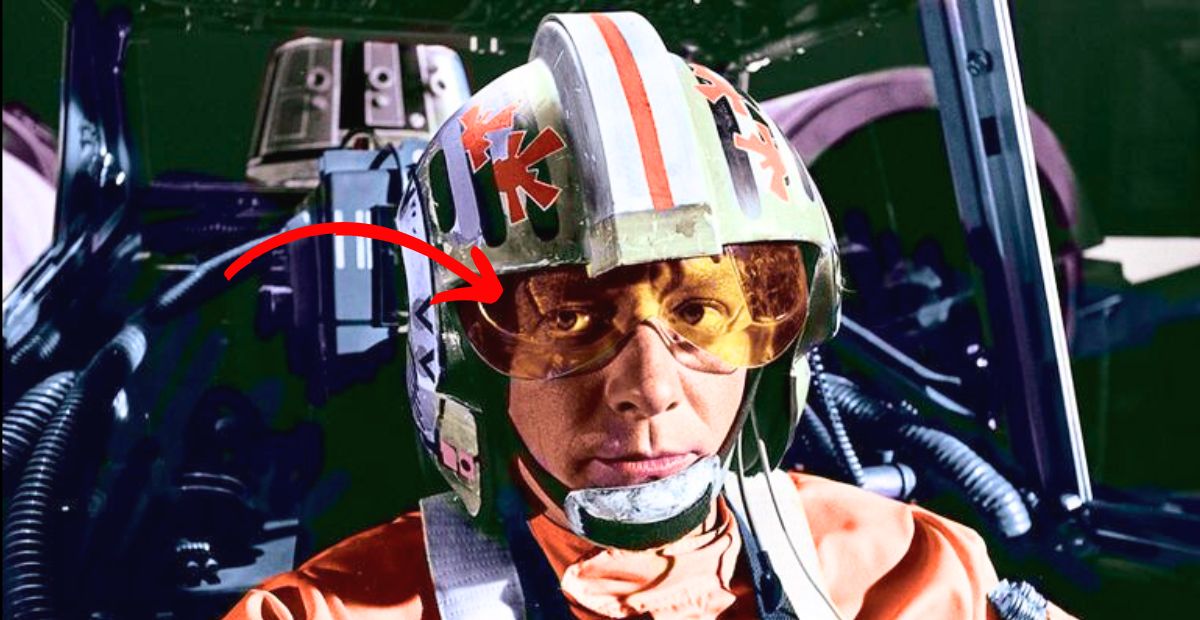I kept seeing posts asking, “Why do Rebel pilots rock those amber-gold visors—are they just space-age sunglasses or do they actually do something?”
So I pulled screen grabs, dug through reference guides, and even checked what the costume designers said back in ’76. Here’s the lowdown on what those Rebel visors really do—and yes, it’s a lot more than looking cool in a Death Star trench.
They Help With Glare and Sudden Flashes in Battle
The tinted visors on Rebel pilot helmets aren’t just for show—they actually serve a really important function in the chaos of space battles. Think about how often these pilots are flying right toward bright suns, fiery explosions, or blaster fire lighting up the sky. That orange or yellow tint helps cut through all of that, reducing glare and protecting their eyes from being blinded mid-flight.

Credit: starwars.fandom.com
It’s similar to how real-life fighter pilots wear visors to deal with sudden light changes. Even a quick flash can mess with your vision in the cockpit, especially when you’re moving at high speeds and split-second decisions mean life or death. In the Star Wars universe, it’s even more intense, with starships blowing up around you, laser bolts zipping past, and all kinds of visual chaos. These visors help keep their focus sharp.
And that’s really what the polarized visors are all about, basic but essential eye protection. According to Star Wars: The Visual Encyclopedia, the Rebel helmet features a polarized visor specifically for shielding pilots from visual hazards like glare and sudden flashes. But that’s it. Despite how futuristic they look, there’s no mention of extra features like HUDs or targeting overlays. So as cool as they are, they’re mostly just there to help Rebel pilots see clearly when the chaos kicks off.

Fun Fact: The Helmet Design Has Real-World Roots
Here’s a neat little detail for anyone who loves behind-the-scenes trivia: the Rebel pilot helmet, officially known as the K-22995 Rebel flight helmet, isn’t some wild sci-fi invention made up from scratch. It was actually inspired by real-world high-altitude pressure helmets used by military pilots in the mid-20th century.
When the original Star Wars was being made, the costume designers took elements from existing aviation gear and retrofitted them with a more space-fantasy look. The result was that iconic oversized dome with a wide visor and bold Rebel insignias. The large shape wasn’t just a design choice, it gave room for the inner comlink, oxygen feed hookups (even though we never really see them used), and plenty of padding for comfort.
The book Star Wars Costumes: The Original Trilogy (2014) goes into how the Rebel flight suit and helmet were developed during production. It reveals that “Rebel pilot helmets were based on U.S. military pilot ones from the 1960s: model APH-6B.” Costume designer John Mollo added, “We got a pilot’s helmet with the visor that goes up and down, and we played with those and added bits to make them look more frightening.”

The K-22995 also had modular versions depending on the environment, like the cold-weather variant seen on Hoth, or others built for atmospheric flight. But no matter the setup, that bold-tinted visor stuck around, turning the helmet into one of the most iconic designs in Star Wars history.

